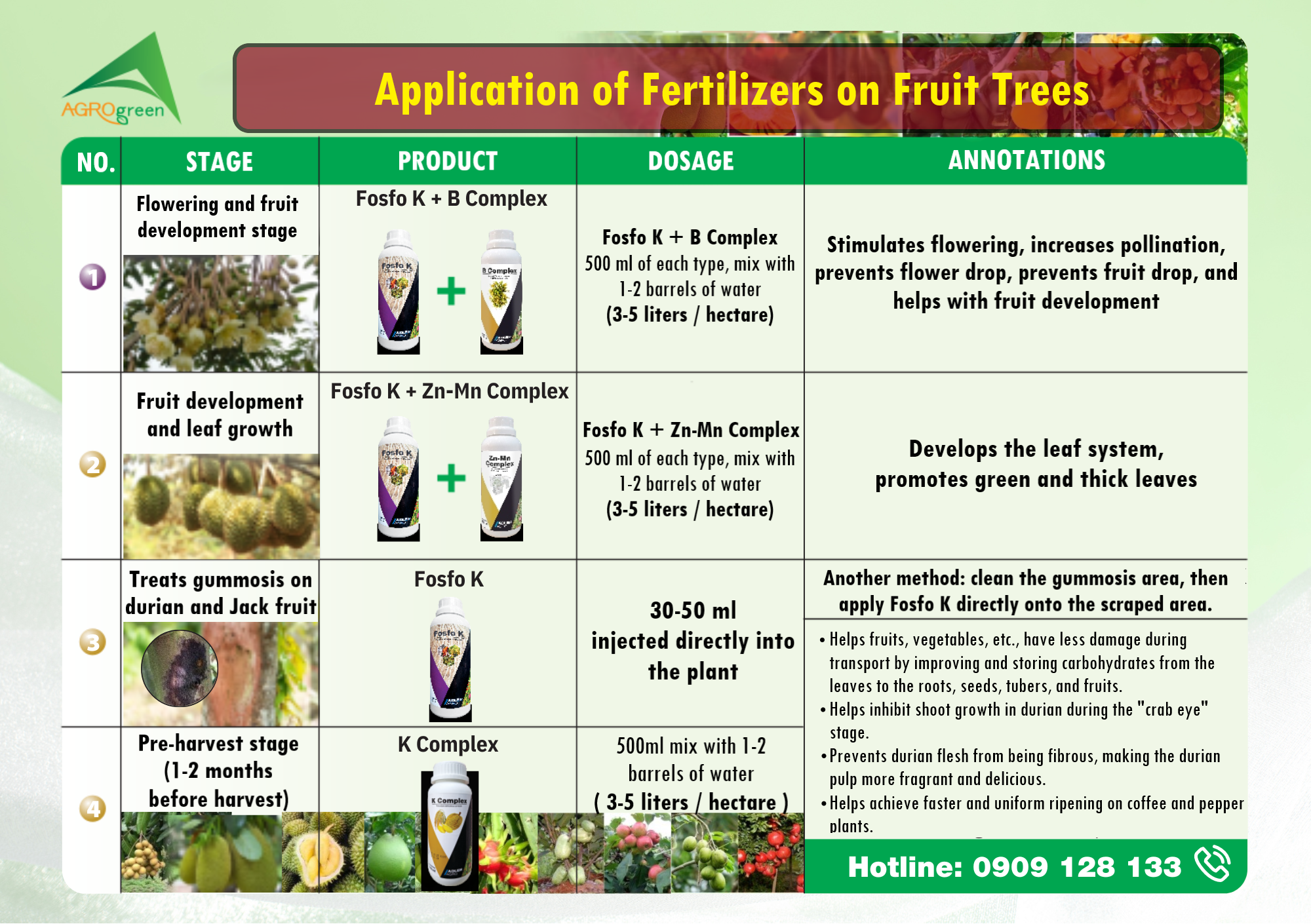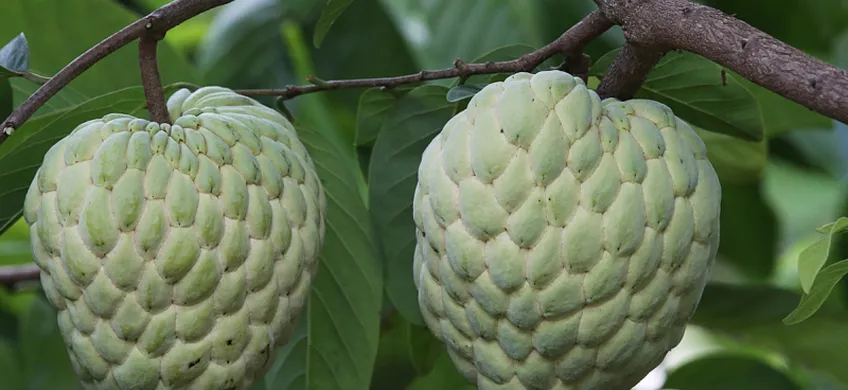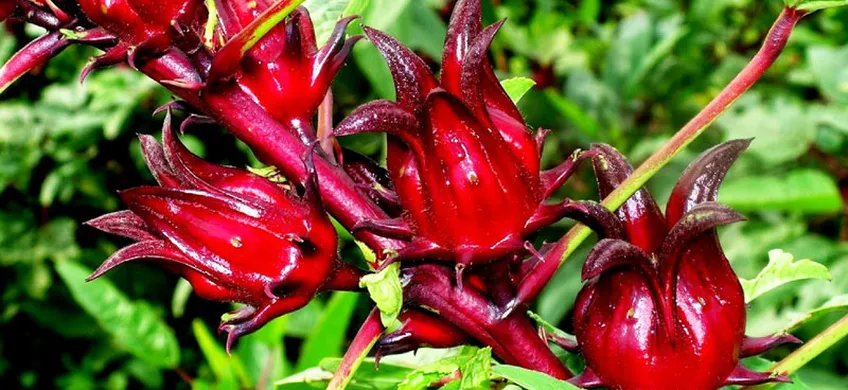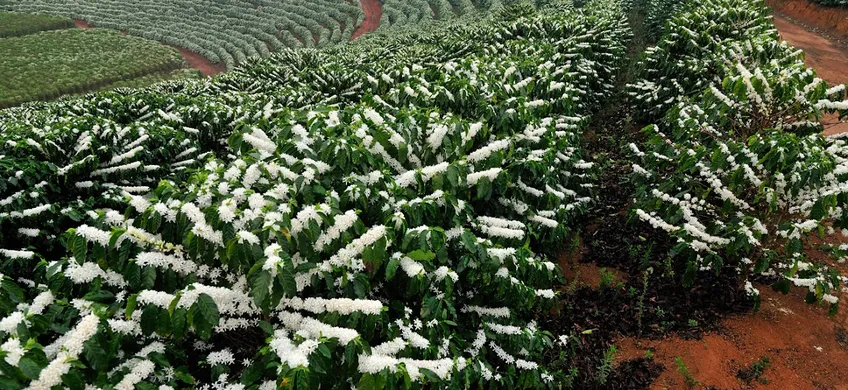5 Best Techniques for Growing Durian for High Efficiency
Durian is a highly valuable crop, especially when the correct planting techniques are applied. To ensure the tree bears more fruit, it's important to select the right planting density, ideal planting time, maintain proper moisture, and fertilize appropriately. Additionally, combining proper pruning and harvesting techniques will optimize yield and bring high profitability.
Durian trees, with their high economic value, are among the most popular fruit trees in the Central Highlands and the Mekong Delta. Properly applying the correct planting techniques will help durian trees achieve the highest possible yield, bringing significant profits to farmers. Below are five effective techniques for growing durian to ensure maximum fruit production.
1. Preparing the Planting Area
Ensure that the planting area has good drainage during the rainy season, maintains soil fertility, and is well-ventilated to limit pests and diseases. This is a crucial factor for helping the trees grow healthily and achieve high yields.
2. Choosing the Appropriate Planting Density
Depending on the type of soil and tree variety, selecting the right planting density is essential. For basalt soil, plant 100 trees per hectare (10m x 10m per tree), while for gray soil, you can plant 125 trees per hectare (8m x 10m per tree). In the initial phase, you can interplant with short-term crops to optimize space and prevent erosion.
3. Optimal Planting Time
The ideal time to plant durian is from early to mid-rainy season (May to August). Prepare the planting holes 1-2 months in advance, with a hole size of 1m x 1m x 0.7m. Then, use lime powder and organic fertilizer to treat the holes, ensuring that the seedlings develop well.
4. Maintaining Moisture and Fertilizing
Use straw or dry grass to retain moisture around the base of the tree during the early stages. Regularly provide supplemental watering during the dry season. Proper fertilization is key to ensuring that the durian trees bear a lot of fruit.
Guidelines for Using AGRO GREEN Fertilizer on Durian Trees:
5. Pruning and Harvesting
Pruning and shaping the canopy help durian trees grow evenly, increasing productivity. Harvesting durians should be done when the fruit is fully mature or by allowing the fruit to drop naturally.
Applying these durian cultivation techniques will help farmers optimize their farming practices, increase yields, and achieve the highest economic efficiency.













main.comment_read_more